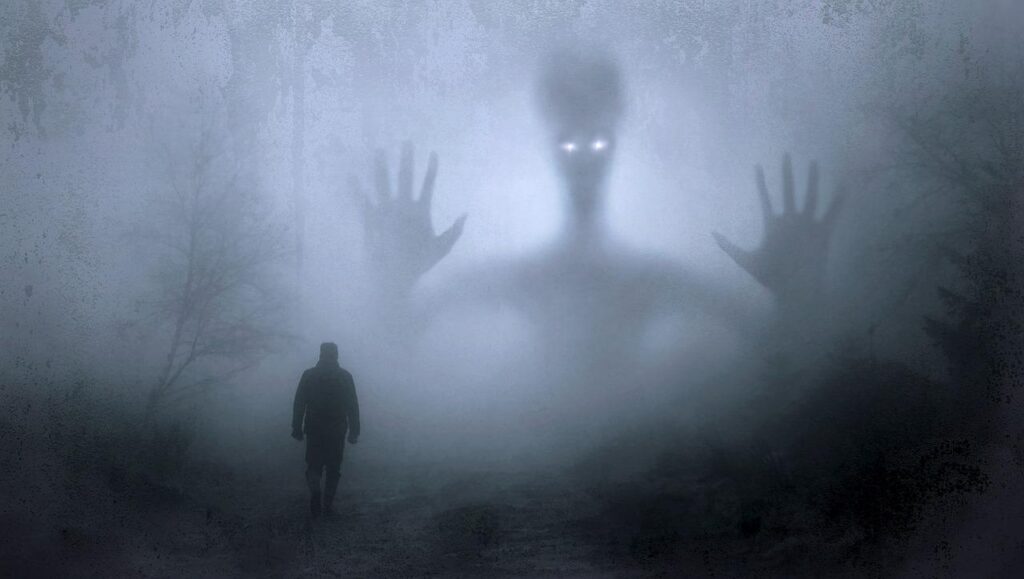Harvard Scientist Has Found Concrete Evidence Of Alien Existence?
A Harvard scientist is making a surprising claim. The university employee is asserting he has found concrete evidence of aliens' existence.
This article is more than 2 years old

Eight years ago, a meteor believed to have been two feet long entered Earth’s atmosphere. Racing to the surface at more than 100,000 miles an hour, it exploded into tiny, hot fragments and fell into the South Pacific Ocean. While several experts say it came from another star system, Harvard Professor Avi Loeb thinks it could be a technological object created by aliens. Now, the Harvard-Smithsonian Center for Astrophysics scientist is planning an expedition to retrieve fragments from the ocean floor.
By analyzing the debris, Loeb is hoping to determine the object’s alien origins. But some astronomers are wary of his claims. They cite a lack of data and insufficient evidence about the object to support his conjectures about extraterrestrial life. According to Futurism, the object Loeb is searching for (designated CNEOS 2014-01-08) was detected by a network of satellites used to monitor the skies for potentially dangerous asteroids in 2014. Using data published by NASA the Harvard scientist first suggested the object came from outside our solar system in 2019.
“It moved very fast, roughly 40 kilometers per second when it exploded in the lower atmosphere,” Loeb said via NPR. “And from that, we can infer that it was moving much too fast to be bound to the Sun.” He also claimed that the object’s material strength was twice as tough as an iron meteorite. Sadly, when the Harvard scientist and (then) University undergrad Amir Siraj submitted their findings to a peer-reviewed journal, their theory about aliens was promptly rejected due to incomplete data.
But a memo published by the U.S. Space Command in April seemingly vindicated Loeb’s theory that the meteor could have alien origins. The U.S Space Command said Deputy Commander Lieutenant General John Shaw participated in a panel alongside leaders from NASA, The European Space Agency, and Johns Hopkins APL. “I had the pleasure of signing a memo with the U.S Space Force’s Space Operations Command’s Chief Scientist Dr. Mozer, to confirm that a previously-detected object was indeed an interstellar object, a confirmation that assisted the broader astronomical community,” the post said.
Despite the memo, it remains to be seen if the meteor is some sort of alien technology. And most scientists are understandably skeptical. Speaking to NPR, Arizona State University astrophysicist Steve Desch explained that extraterrestrial involvement is unlikely. “If you’re a satellite and you’re looking at a meteor you can get the left-to-right motion. But it’s hard to tell if it’s coming towards you or moving away from you,” he told NPR. That would make it very difficult to calculate the object’s velocity which is a key factor that Loeb’s hypothesis hinges on.
Other astrophysicists were less tactful. In an interview with Salon, science writer Ethan Siegel said the alien technology hypothesis is so far-fetched that there is no scientific reason to consider this as anything other than someone with no evidence crying wolf. Unfazed by his detractors, Loeb is launching a privately funded $1.5 million expedition that will attempt to find samples from the alien object by searching the bottom of the sea. Using a magnet-equipped sled, his team plans to sift through the surface of 40 square miles of the ocean floor to find metal remains of the object.



